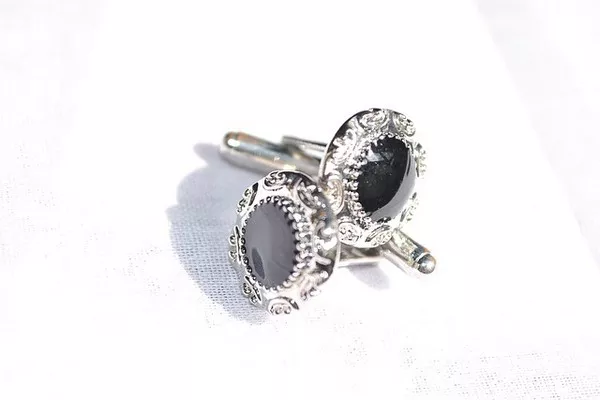Silver has captivated humanity for centuries, admired for its timeless beauty and intrinsic value. From jewelry to flatware and coins, the allure of silver continues to captivate collectors and enthusiasts. However, with the rise of imitation metals, it’s essential to know how to determine if an item is genuinely made of silver. In this comprehensive guide, we’ll delve into the methods and indicators that experts use to authenticate silver items.
Visual Inspection: Unveiling Hallmarks and Stamps
A telltale sign of silver authenticity lies in the presence of hallmarks or stamps. These markings, often inscribed on the inside of rings, the back of pendants, or the base of flatware, denote the silver’s purity. Keep an eye out for designations like “925,” “Sterling,” or “925/1000,” indicating a silver content of 92.5% or higher. These marks are a testament to the item’s legitimacy and the craftsman’s commitment to quality.
The aging beauty of silver is another indicator of authenticity. Authentic silver tarnishes over time, developing a patina due to exposure to air and moisture. This characteristic lends an antique charm to silver items and signifies their genuine nature. If an item exhibits tarnish or discoloration, it is likely to be authentic silver. However, remember that tarnish can be polished away, so consider other indicators as well.
Furthermore, the weight of an item can provide valuable insights into its authenticity. Silver is denser than most alternative materials, giving genuine silver items a substantial weight in comparison. When handling a piece, observe its weight and heft. If the item feels surprisingly light, it may not be composed of genuine silver.
The Magnet Test: Separating Fact from Fiction
A simple yet effective test involves a magnet. Authentic silver is non-magnetic and should not be attracted to a magnet. To perform this test, hold a strong magnet close to the item. If the item exhibits minimal or no attraction, it is likely made of genuine silver. Conversely, if the item is strongly attracted to the magnet, it may not possess silver content.
Nitric Acid Test: The Chemistry of Authenticity
For those willing to venture further, the nitric acid test offers valuable insights into silver authenticity. This test involves making a small scratch on a discreet area of the item and applying a drop of nitric acid. If the scratched area turns creamy or cloudy upon contact with the acid, the item is most likely genuine silver. However, if the area turns green or takes on a bright color, the item may be composed of a different metal.
While the nitric acid test can provide accurate results, it’s essential to exercise caution due to the corrosive nature of the acid. If you’re uncertain or uncomfortable performing this test, consider seeking assistance from a professional appraiser or jeweler.
Sound Test: The Resonance of Authenticity
Authentic silver items possess a distinctive sound when struck. By gently tapping the item with a metal object, you can gauge its authenticity through sound. Genuine silver produces a clear, ringing sound that lingers. In contrast, an item composed of another metal may emit a dull or short-lived sound. This method, while not foolproof, can serve as an additional means of authentication.
Seeking Professional Assessment: A Wise Decision
When in doubt, seeking the opinion of a professional appraiser or jeweler is a prudent step. These experts possess the knowledge and tools required to accurately authenticate silver items. They can assess an item’s authenticity through advanced techniques such as X-Ray Fluorescence (XRF), which analyzes the composition of an item without causing damage. XRF provides precise insights into the metals present, including silver content.
In Conclusion: Navigating the World of Silver Authenticity
Authenticating silver items requires a combination of visual cues, tests, and expert opinions. Hallmarks, tarnish, weight, the magnet test, nitric acid test, and the sound test are all valuable tools at your disposal. While these methods provide valuable insights, it’s crucial to approach them with caution, especially when working with acid.
The allure of silver’s elegance and historic significance continues to captivate us. Armed with the knowledge and methods to authenticate silver items, you can confidently navigate the world of precious metals, ensuring that the silver pieces you admire and acquire are genuine treasures steeped in history and beauty.


